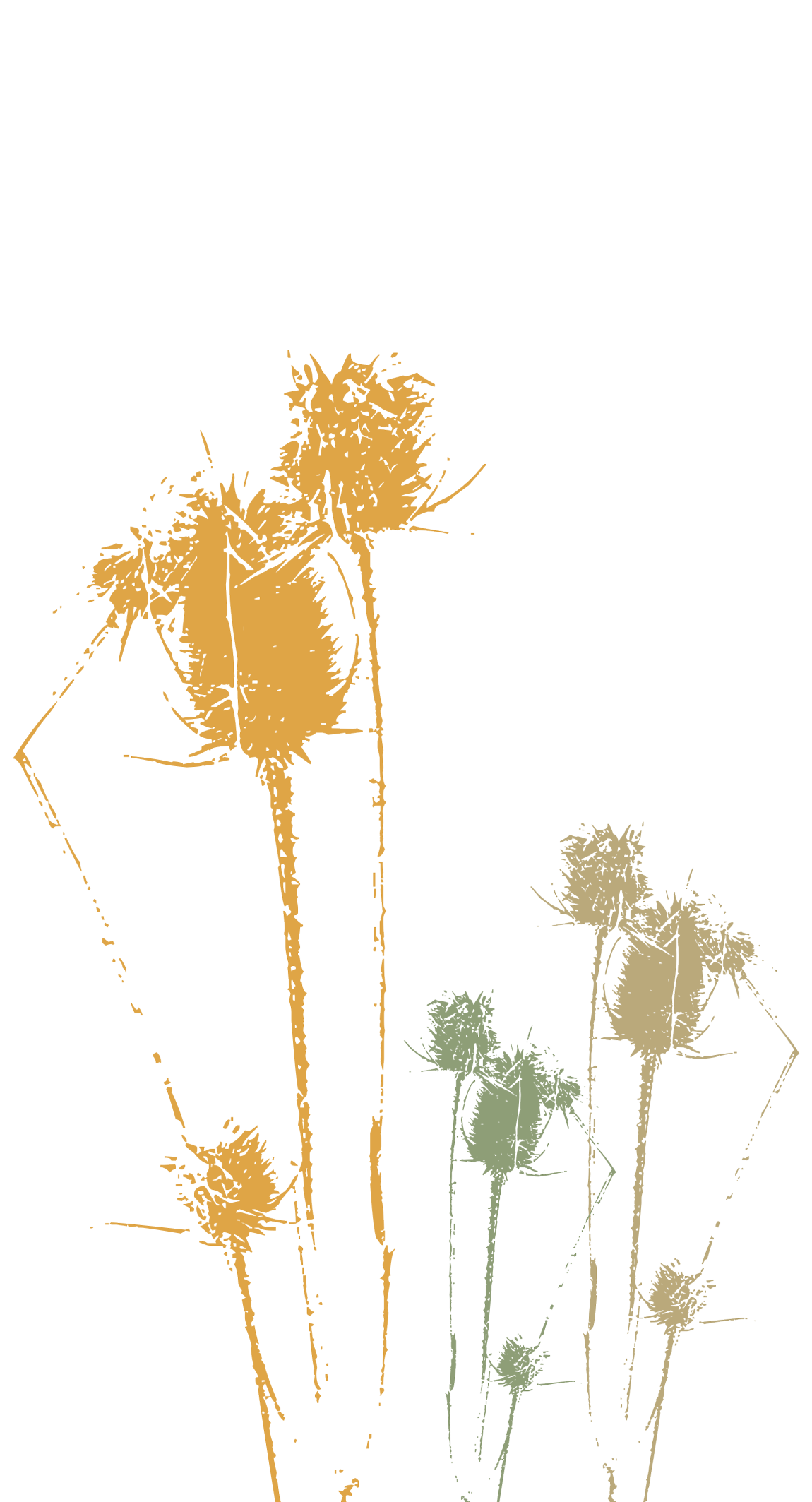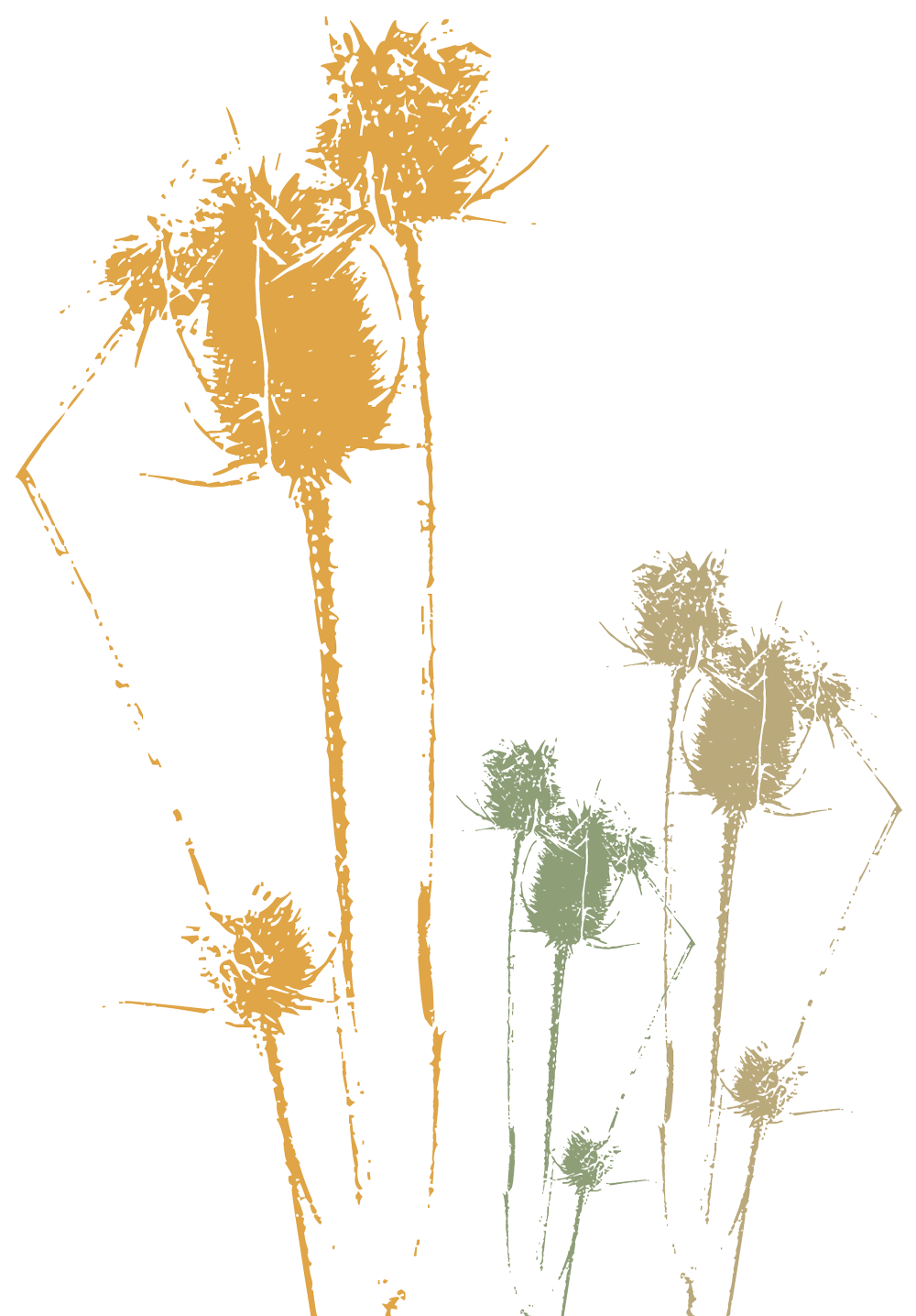




Kathryn’s excitement for a plant no taller than 12 inches gave me pause. It made me think about how she probably isn’t the only botany lover who hikes on the A.T., especially during peak wildflower season. Then it made me think about how others experience the A.T. in a wide variety of ways. In fact, my own connection to the A.T. has evolved over time. While plant identification was never one of my interests, I experienced the Trail through other unique avenues; driving, reading and writing, and volunteering, to name a few.
I was raised in Boone, North Carolina, which is surrounded by ample hiking trails, the Blue Ridge Parkway, and not too far from the A.T. Even with this abundant access to the outdoors, my family didn’t hike or camp. We danced, played music, played organized sports, but we didn’t hike. I remember the occasional daytrip to iconic places like Grandfather Mountain, where the closest we got to hiking was when my brothers would torment me on the “swinging bridge” back when it literally swayed in the wind.
None of these day trips made me want to be a long-distance hiker, but they connected me to the outdoors. By the time I was a teenager, and had my driver’s license, I found a new way to connect with the outdoors—my 1995 white Nissan Altima with only one resolute hubcap. I would specifically drive my beloved beater to the Blue Ridge Parkway, find a pull-off area, sit on the hood, and simply breathe while staring at the mountains. My car beneath me gave me a sense of safety and security, but I was enveloped by the Blue Ridge Mountains and the outdoors. It was liberating.
During my freshman year of college, my darling Nissan Altima died, and with it my access to the outdoors. I had to get creative to access the outdoors. For me that meant reading, writing, and researching. When it came time to write my senior thesis, I decided that I wanted to write about a culture of transformative experiences, highlighting thru-hikers of the Appalachian Trail as my focal point. I read Jennifer Pharr Davis’ book, Becoming Odyssa, as part of my research. This was my first true glimmer into the long-distance hiking experience, and I became enthralled with the A.T. that she depicted. Pharr Davis had a particular way of writing that I related with and gave me the confidence to envision myself in a similar experience.
Towards the end of college, I saved up enough money to buy a car again, which returned to me that liberating sense of connection with the outdoors. I decided that I would thru-hike the A.T. the following year. After a quick search on Google, I realized that the Appalachian Trail Conservancy (ATC) had a regional office nearby, and I wrote them to ask if I could volunteer. After I began volunteering a couple days a week, I quickly learned that there are thousands of people who volunteer hundreds of thousands of hours annually to preserve, protect, and advocate for the A.T.
My time as a volunteer eventually evolved into a seasonal role, which included volunteer coordination for Trail maintainers in the Great Smoky Mountains National Park. What stood out to me about most of the volunteers was that they had never thru-hiked or did any long-distance hiking on the A.T. Not even a section. Yet they still chose to experience the A.T. by building a single step, water bar, or turnpike in the woods with a group of strangers. It didn’t go over my head that these volunteers always left with a sense of pride and kinship that is hard to match.
While I have never been the strongest at Trail maintenance, or particularly interested in botany, or had a natural knack for tree identification, I appreciate that there are so many different ways to experience the A.T. beyond the way I have experienced it. I continue to be in awe of people who see the same Trail through unconventional ways. The A.T. tends to be over-simplified as a long-distance footpath, but it’s so much more. It’s a hillside blanketed with trillium for hikers to admire, it’s a dark sky that allows visitors to experience a shooting star, or it’s a perfect vista primed to be photographed or painted. It’s beyond a hiking trail. It’s ours to preserve, protect, and enjoy in whatever fashion we choose.

a backpacking course in Grayson Highlands with my colleague, Kathryn. Kathryn and I are opposites when it comes to hiking styles. She packs heavy, I pack a little lighter, she takes note of her surroundings, I usually keep my head down and get lost in my thoughts. We had made it through most of the day without much excitement — that was until I heard a sudden gasp from Kathryn. I instinctively looked up expecting some sort of wildlife but didn’t see anything. I tracked her eyes toward the ground to realized that she was over-the-moon excited about a painted trillium flower. Her first trillium of the season, she declared. I didn’t even know trilliums were out, and, honestly, had never paid much attention to when they started appearing on the Appalachian Trail.
Kathryn’s excitement for a plant no taller than 12 inches gave me pause. It made me think about how she probably isn’t the only botany lover who hikes on the A.T., especially during peak wildflower season. Then it made me think about how others experience the A.T. in a wide variety of ways. In fact, my own connection to the A.T. has evolved over time. While plant identification was never one of my interests, I experienced the Trail through other unique avenues; driving, reading and writing, and volunteering, to name a few.
I was raised in Boone, North Carolina, which is surrounded by ample hiking trails, the Blue Ridge Parkway, and not too far from the A.T. Even with this abundant access to the outdoors, my family didn’t hike or camp. We danced, played music, played organized sports, but we didn’t hike. I remember the occasional daytrip to iconic places like Grandfather Mountain, where the closest we got to hiking was when my brothers would torment me on the “swinging bridge” back when it literally swayed in the wind.
None of these day trips made me want to be a long-distance hiker, but they connected me to the outdoors. By the time I was a teenager, and had my driver’s license, I found a new way to connect with the outdoors—my 1995 white Nissan Altima with only one resolute hubcap. I would specifically drive my beloved beater to the Blue Ridge Parkway, find a pull-off area, sit on the hood, and simply breathe while staring at the mountains. My car beneath me gave me a sense of safety and security, but I was enveloped by the Blue Ridge Mountains and the outdoors. It was liberating.
During my freshman year of college, my darling Nissan Altima died, and with it my access to the outdoors. I had to get creative to access the outdoors. For me that meant reading, writing, and researching. When it came time to write my senior thesis, I decided that I wanted to write about a culture of transformative experiences, highlighting thru-hikers of the Appalachian Trail as my focal point. I read Jennifer Pharr Davis’ book, Becoming Odyssa, as part of my research. This was my first true glimmer into the long-distance hiking experience, and I became enthralled with the A.T. that she depicted. Pharr Davis had a particular way of writing that I related with and gave me the confidence to envision myself in a similar experience.
Towards the end of college, I saved up enough money to buy a car again, which returned to me that liberating sense of connection with the outdoors. I decided that I would thru-hike the A.T. the following year. After a quick search on Google, I realized that the Appalachian Trail Conservancy (ATC) had a regional office nearby, and I wrote them to ask if I could volunteer. After I began volunteering a couple days a week, I quickly learned that there are thousands of people who volunteer hundreds of thousands of hours annually to preserve, protect, and advocate for the A.T.
My time as a volunteer eventually evolved into a seasonal role, which included volunteer coordination for Trail maintainers in the Great Smoky Mountains National Park. What stood out to me about most of the volunteers was that they had never thru-hiked or did any long-distance hiking on the A.T. Not even a section. Yet they still chose to experience the A.T. by building a single step, water bar, or turnpike in the woods with a group of strangers. It didn’t go over my head that these volunteers always left with a sense of pride and kinship that is hard to match.
While I have never been the strongest at Trail maintenance, or particularly interested in botany, or had a natural knack for tree identification, I appreciate that there are so many different ways to experience the A.T. beyond the way I have experienced it. I continue to be in awe of people who see the same Trail through unconventional ways. The A.T. tends to be over-simplified as a long-distance footpath, but it’s so much more. It’s a hillside blanketed with trillium for hikers to admire, it’s a dark sky that allows visitors to experience a shooting star, or it’s a perfect vista primed to be photographed or painted. It’s beyond a hiking trail. It’s ours to preserve, protect, and enjoy in whatever fashion we choose.